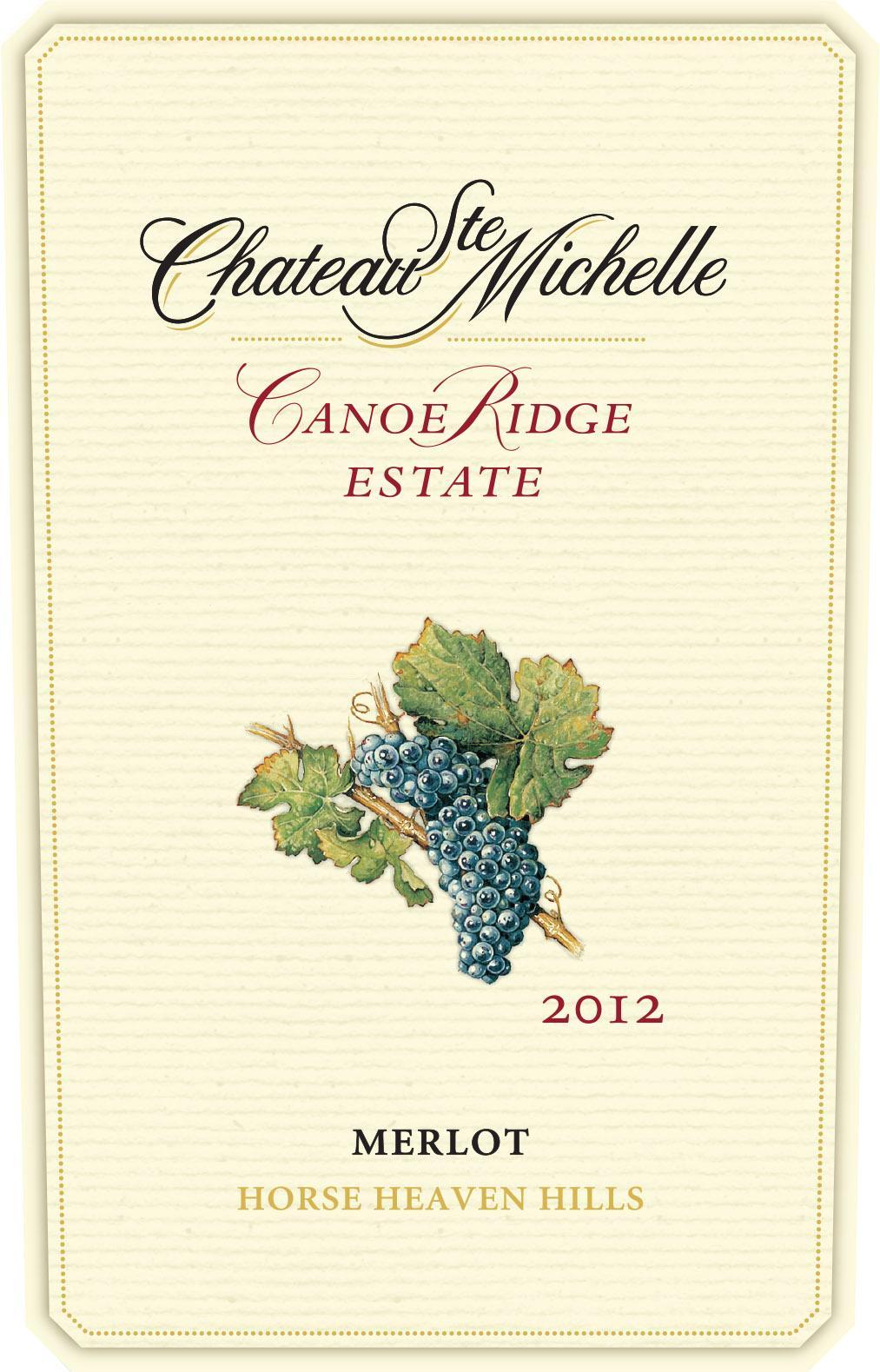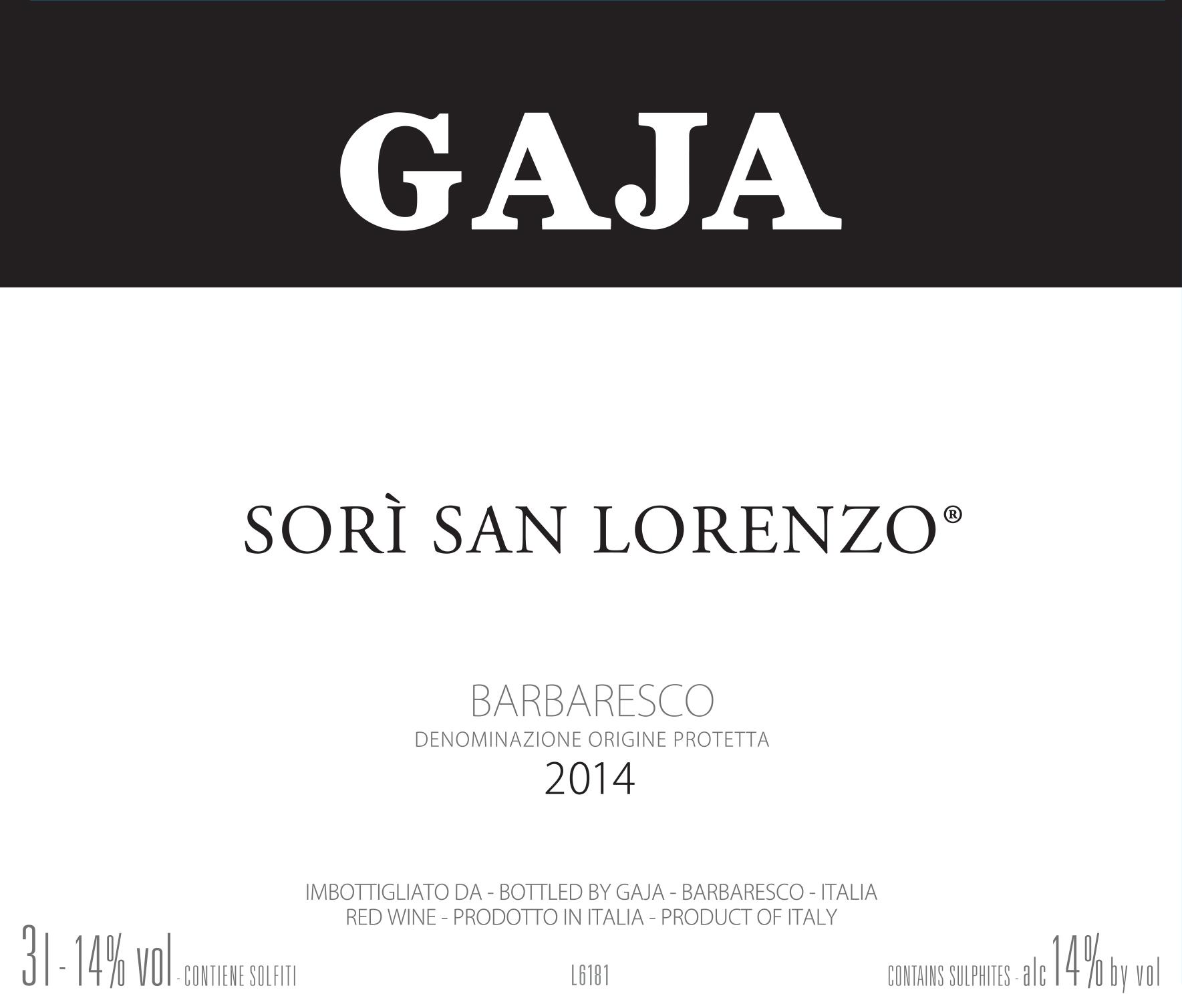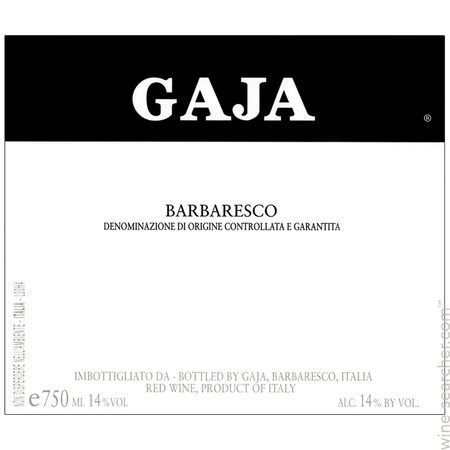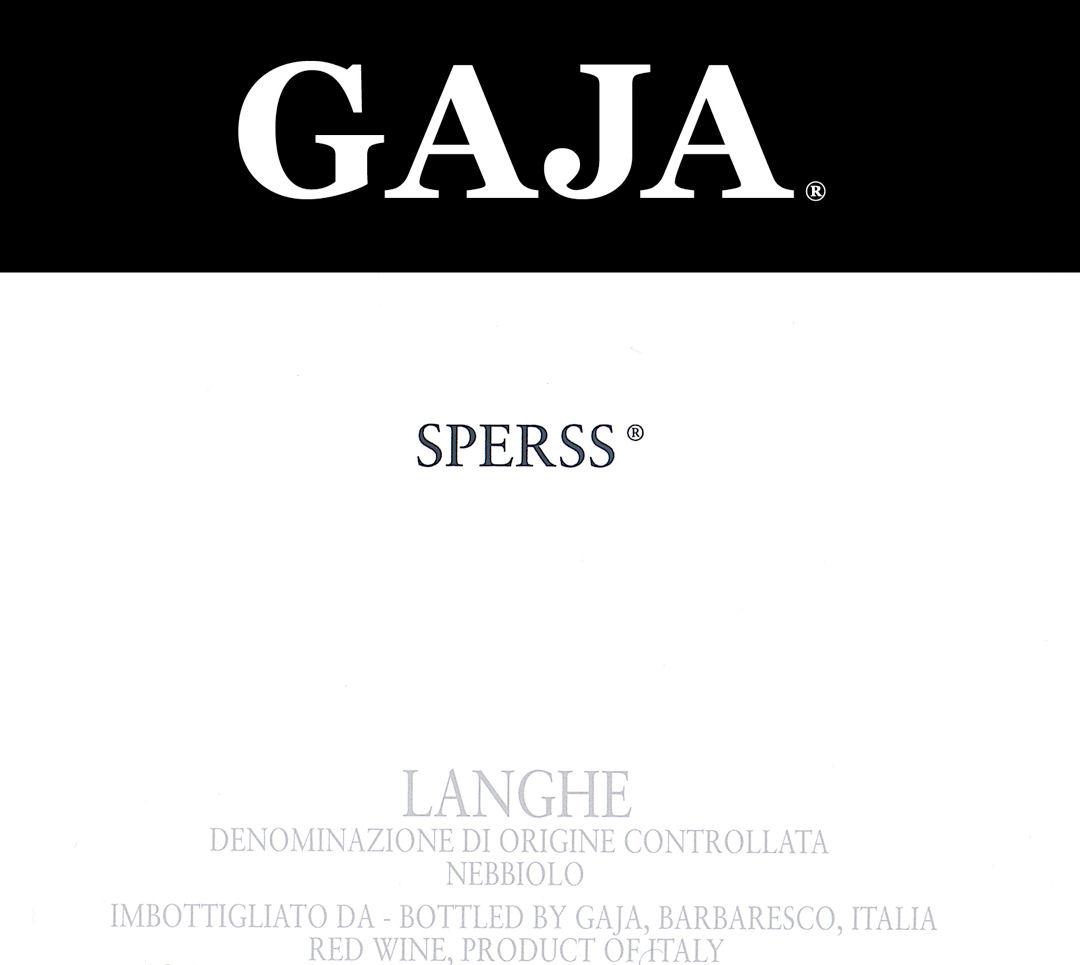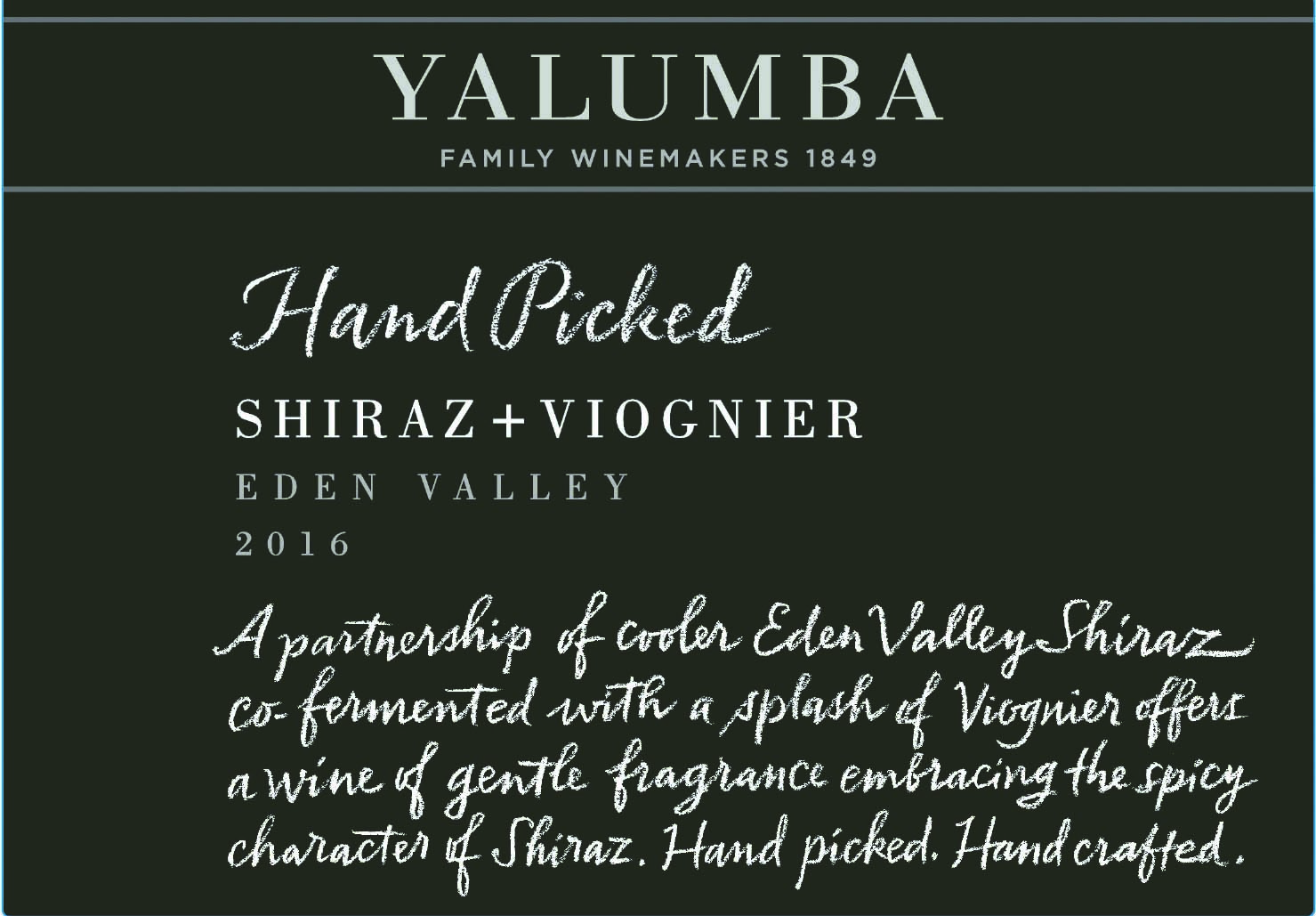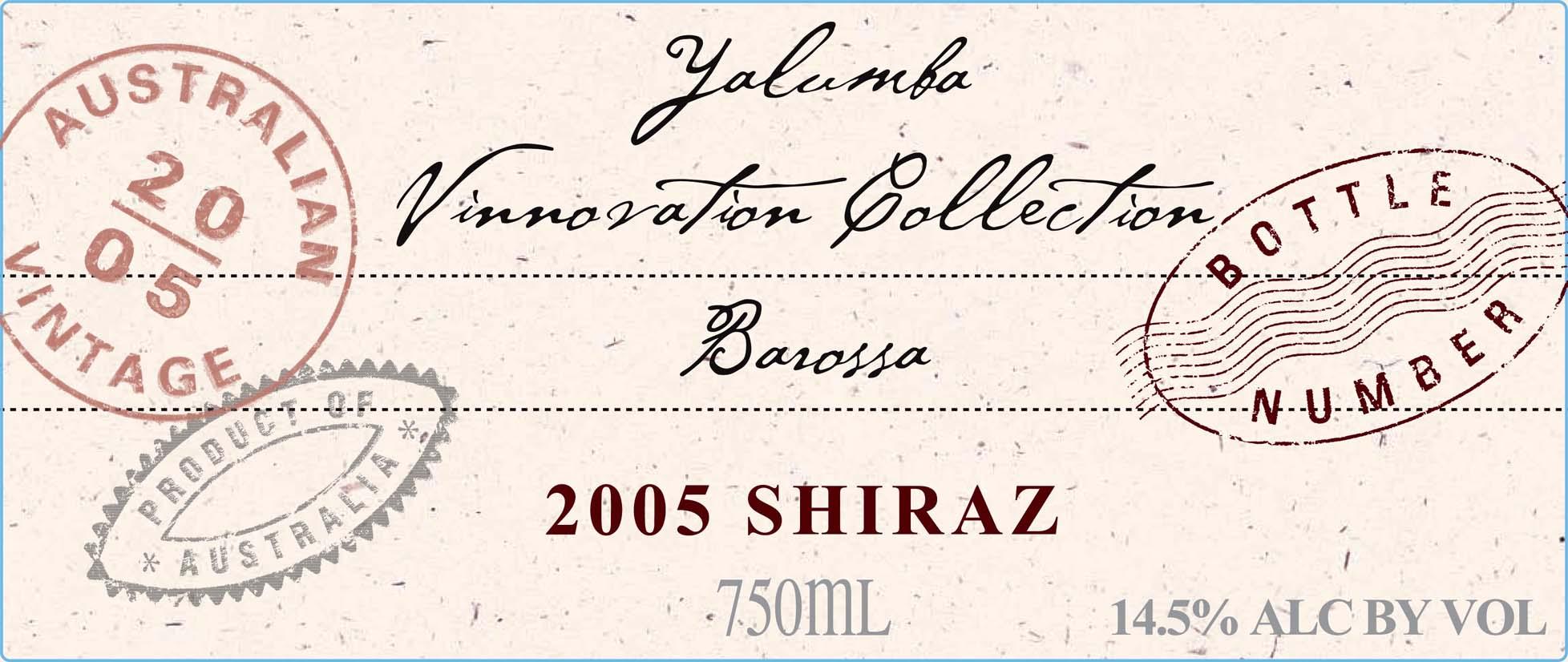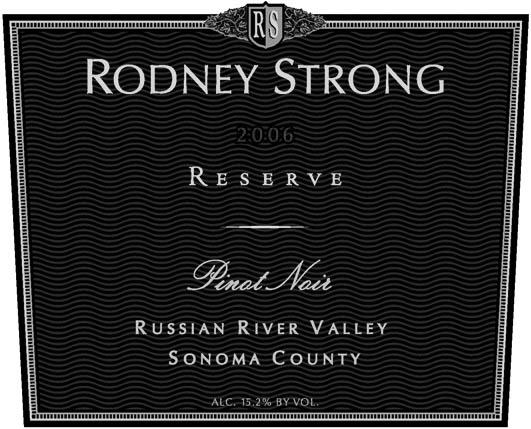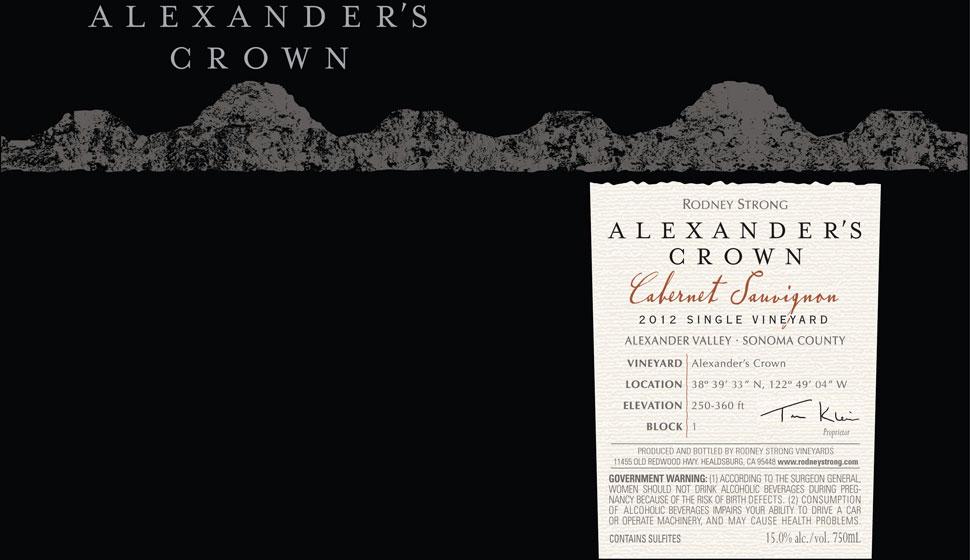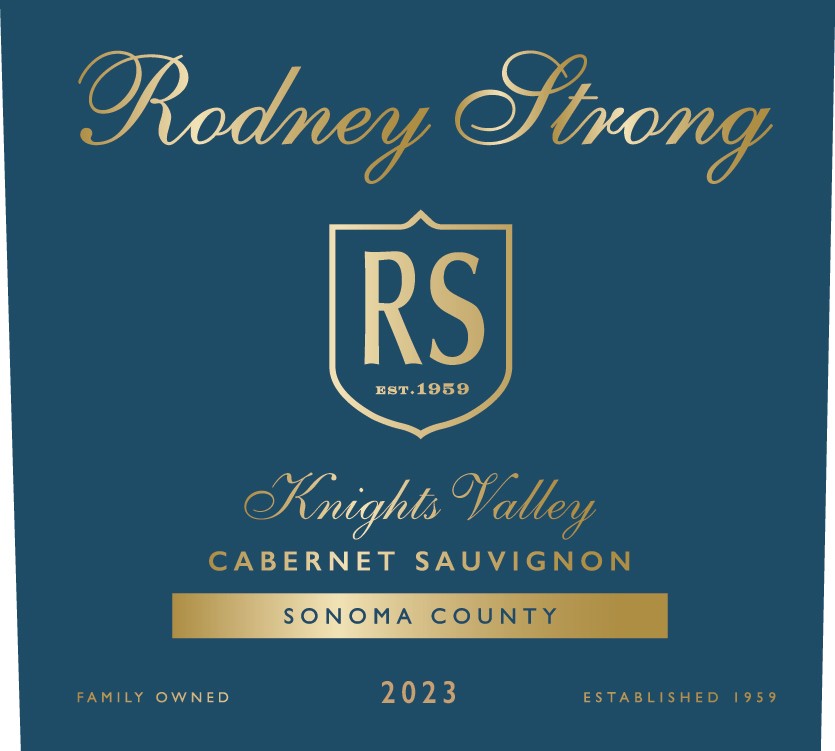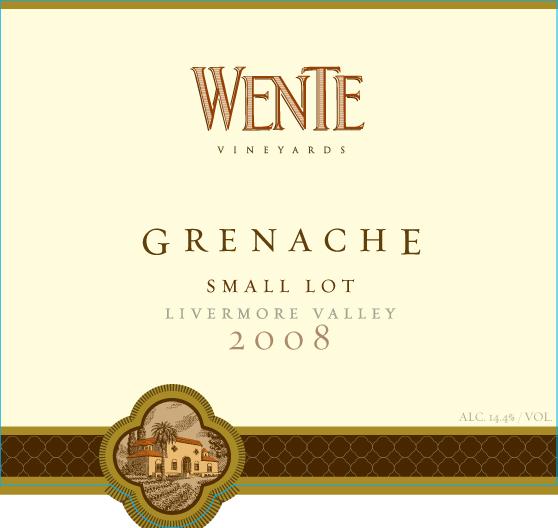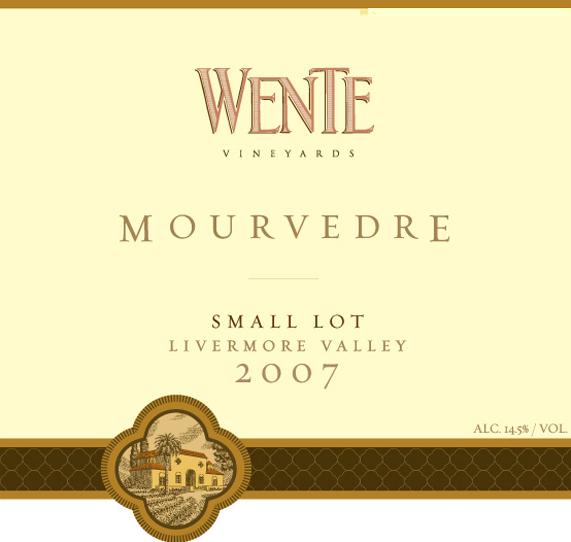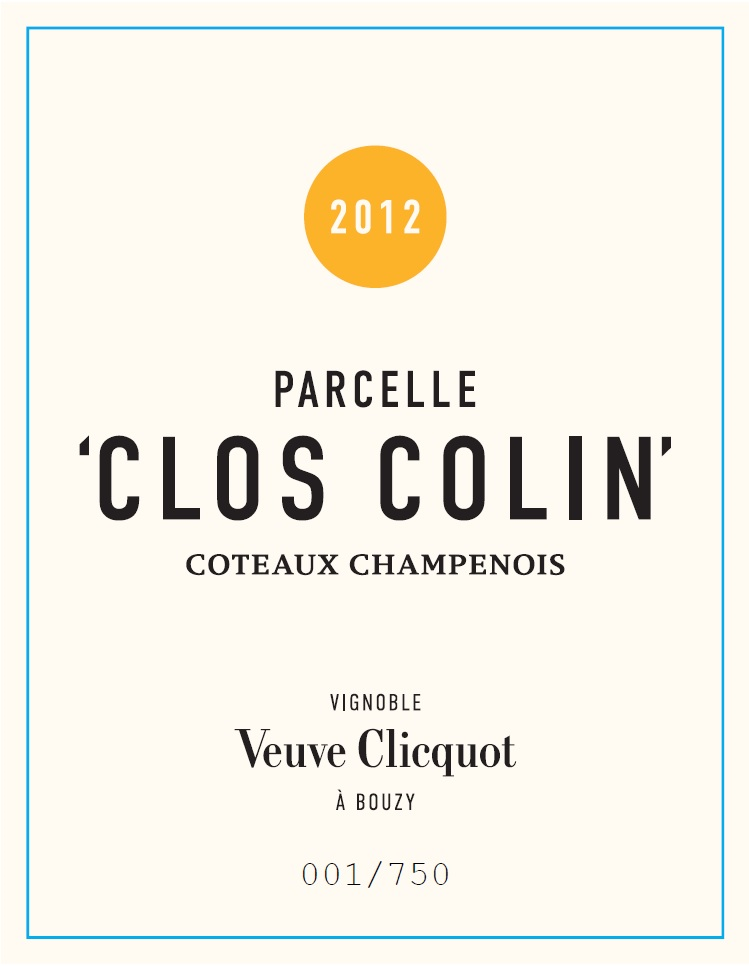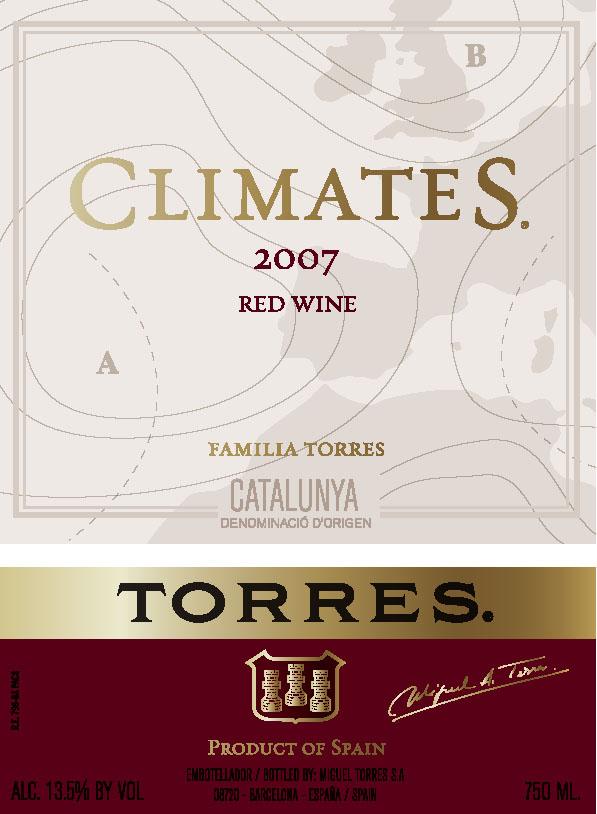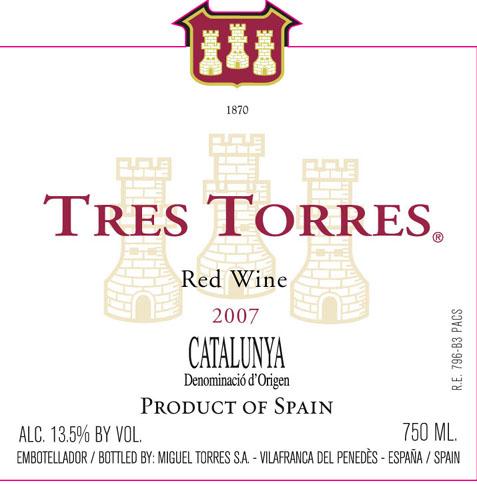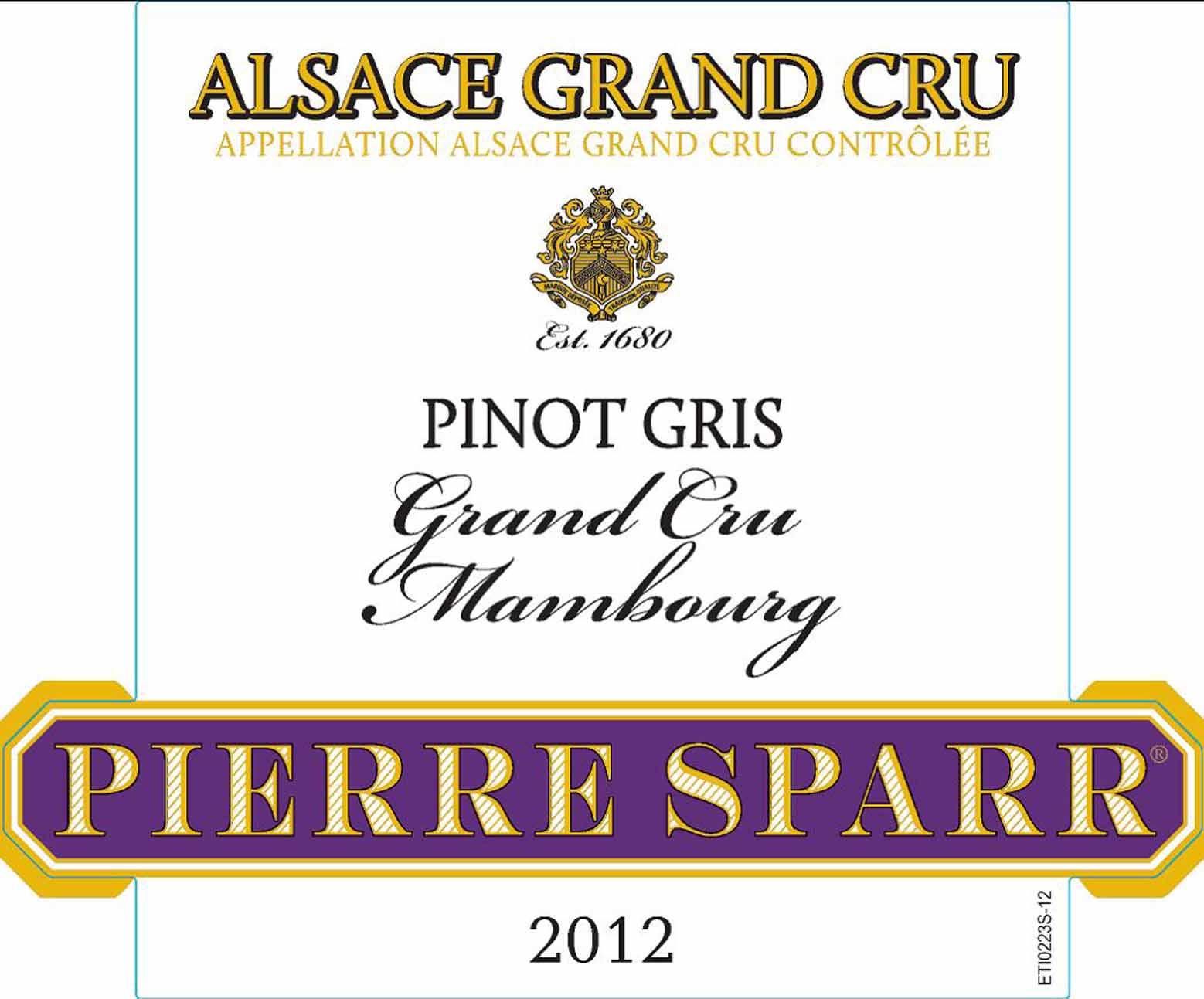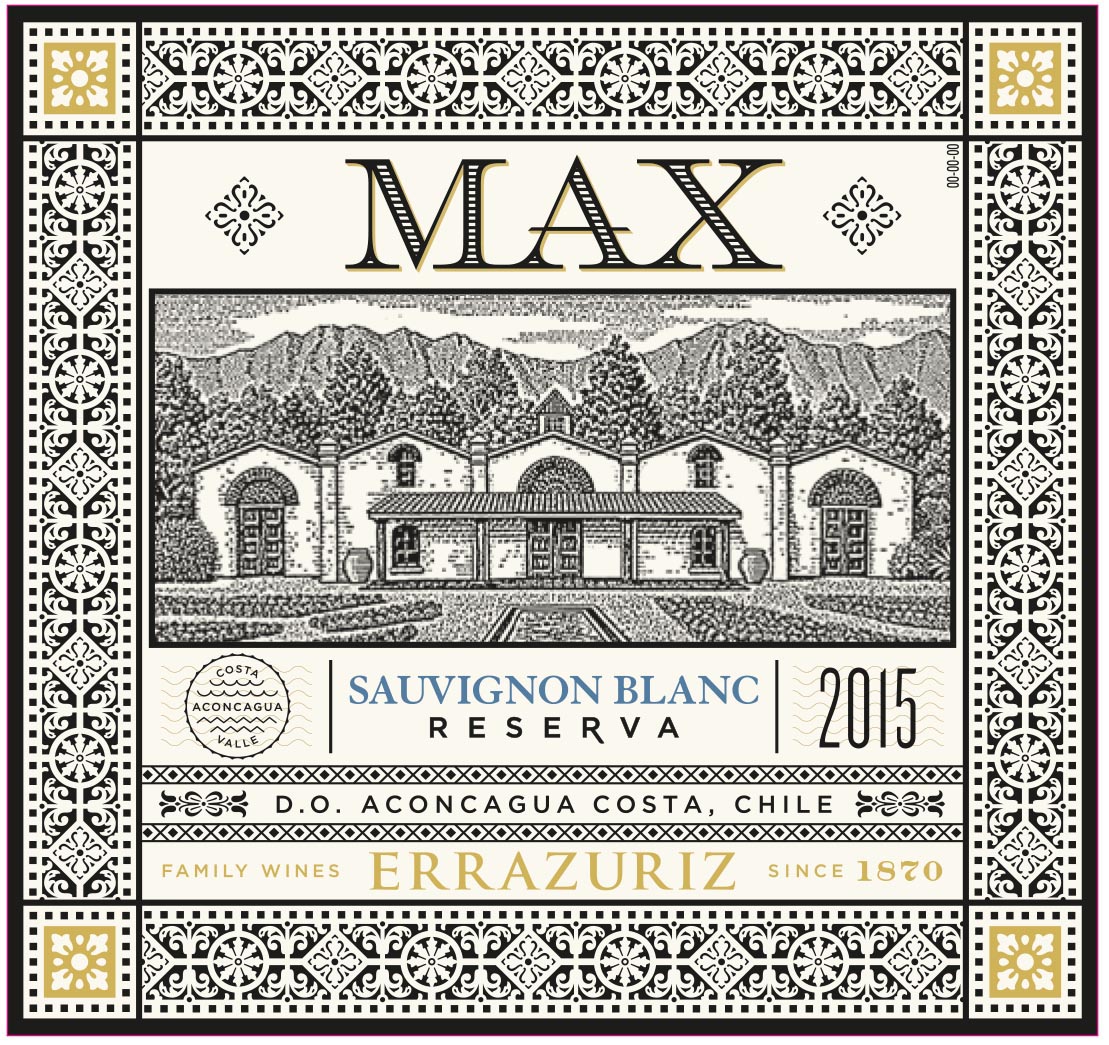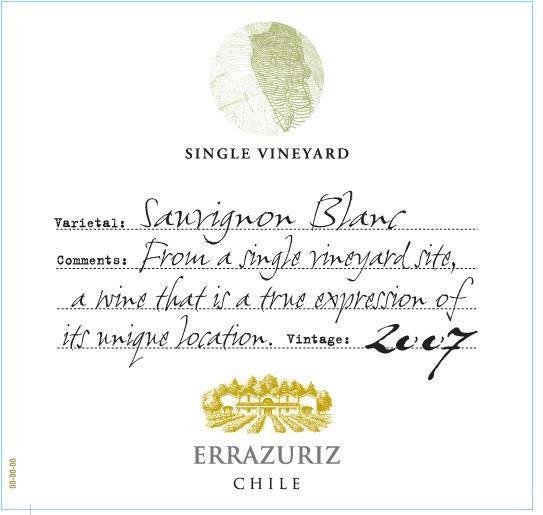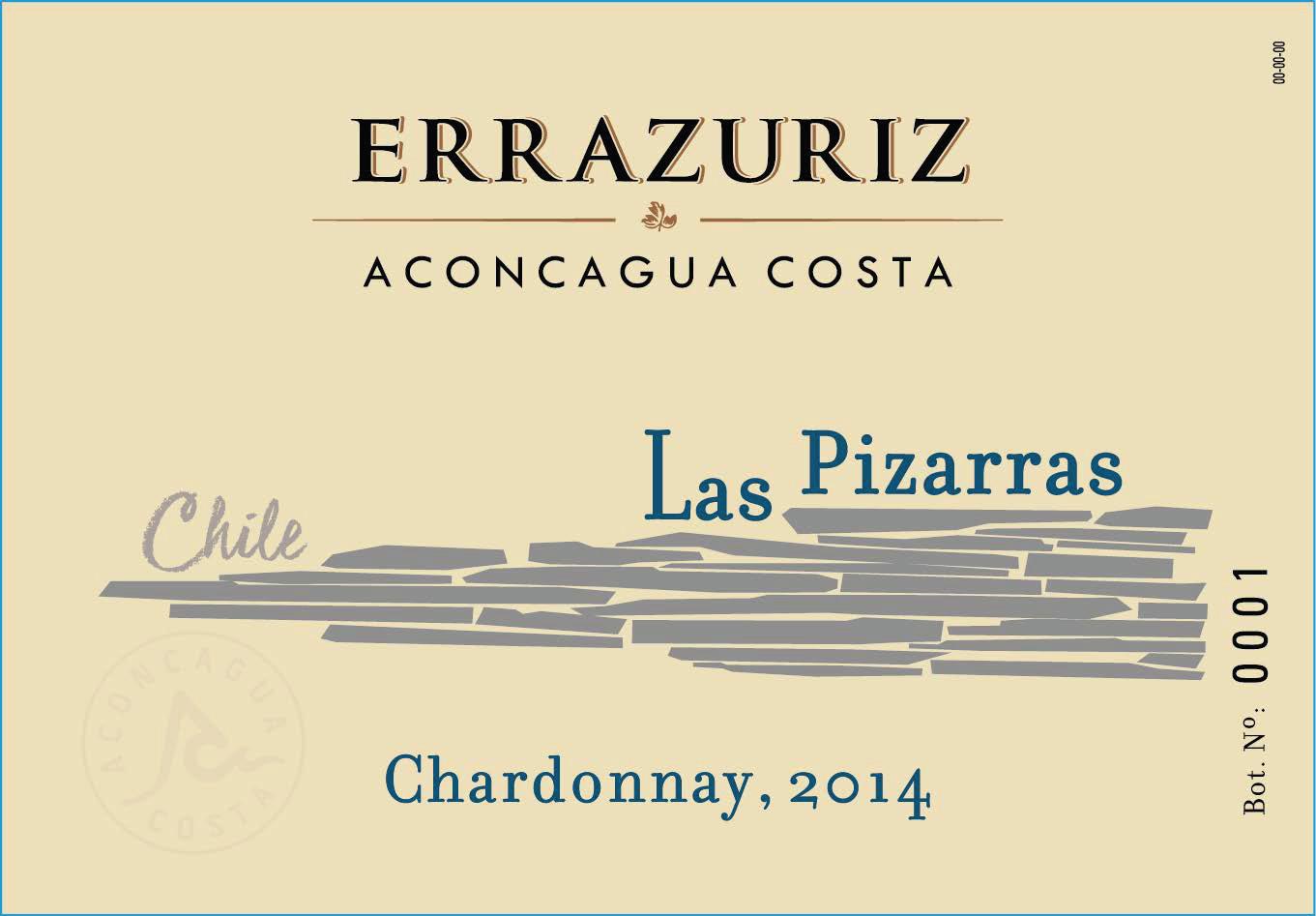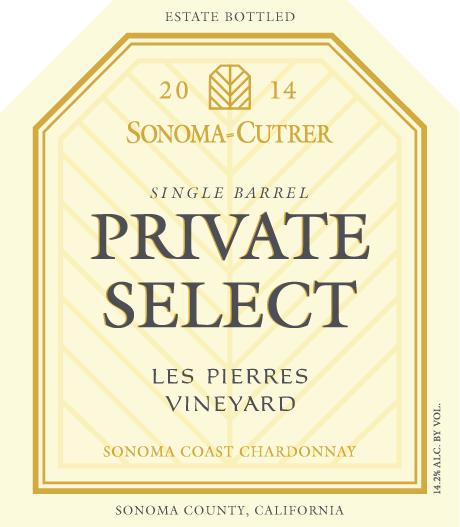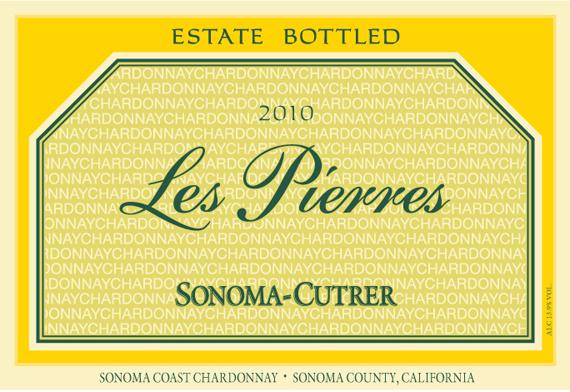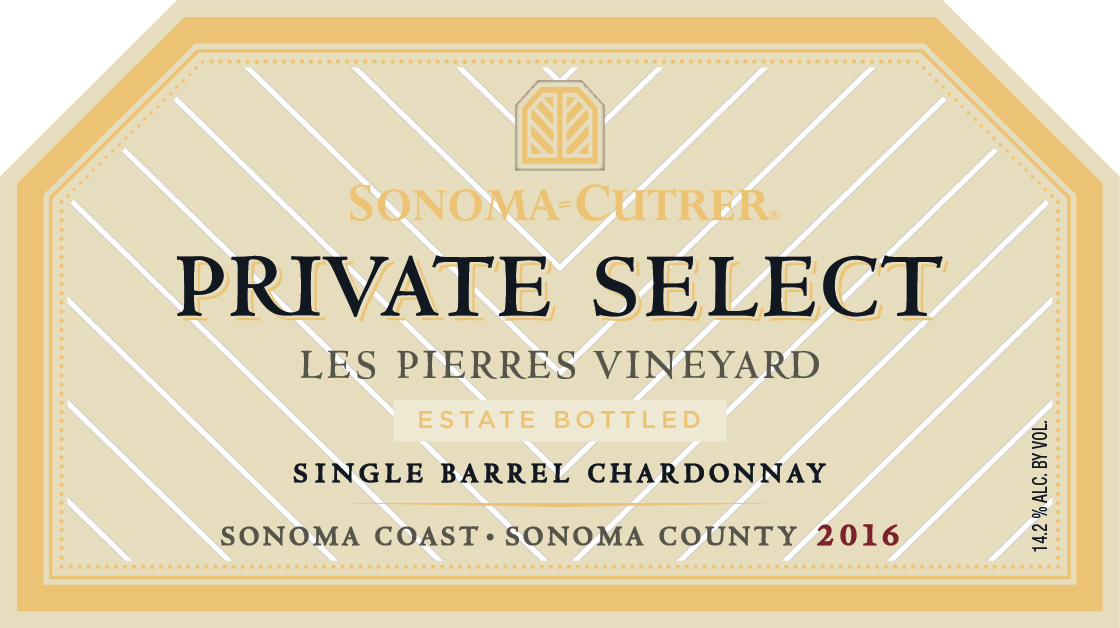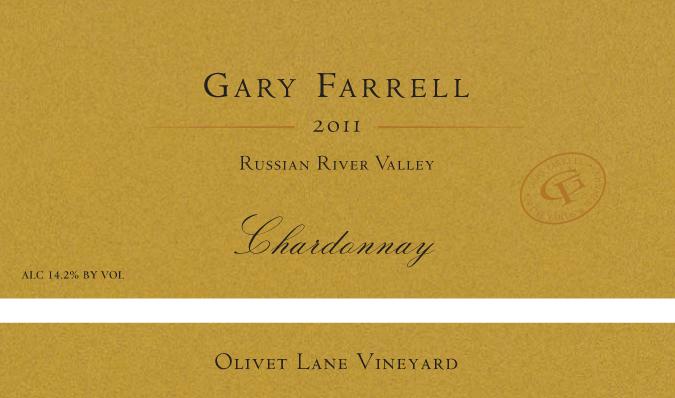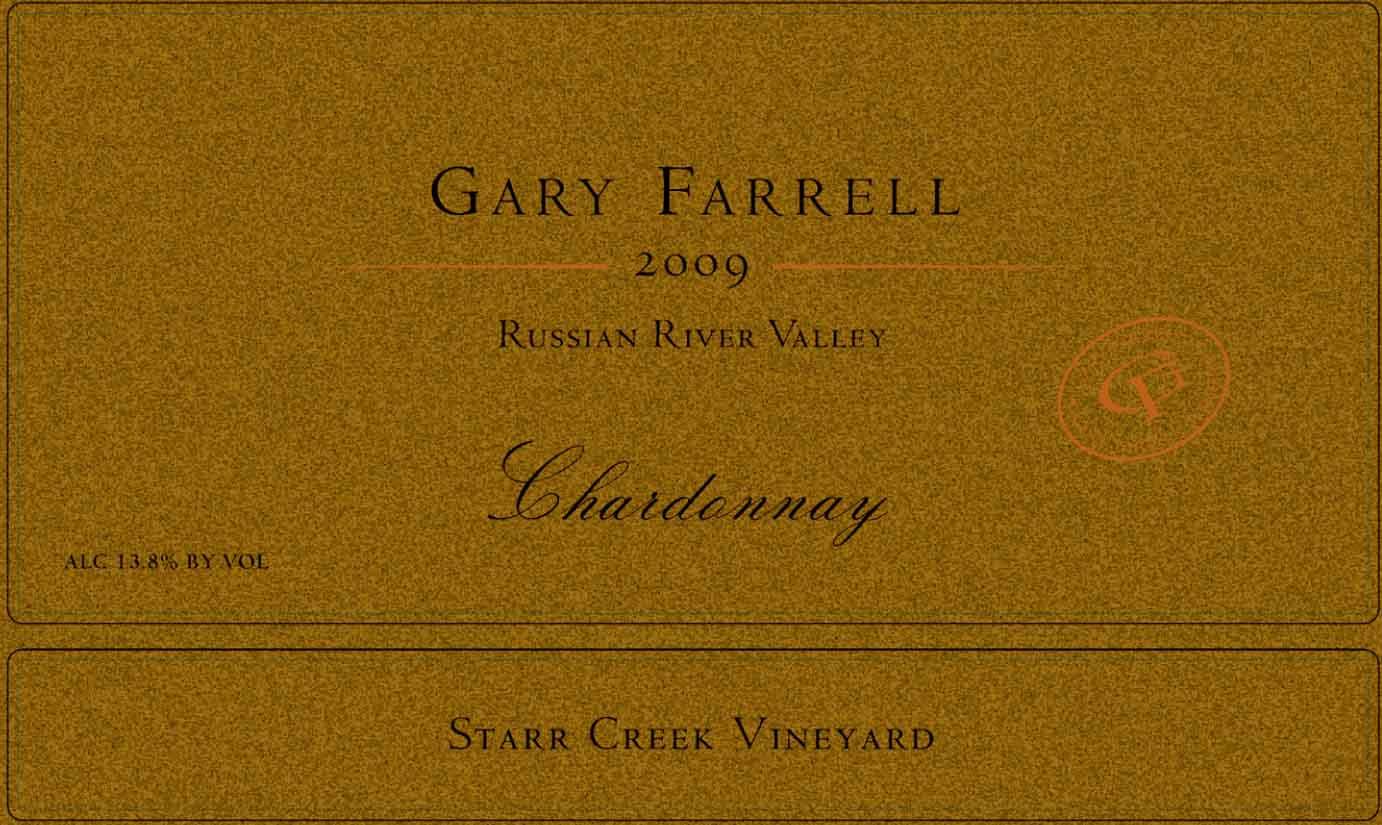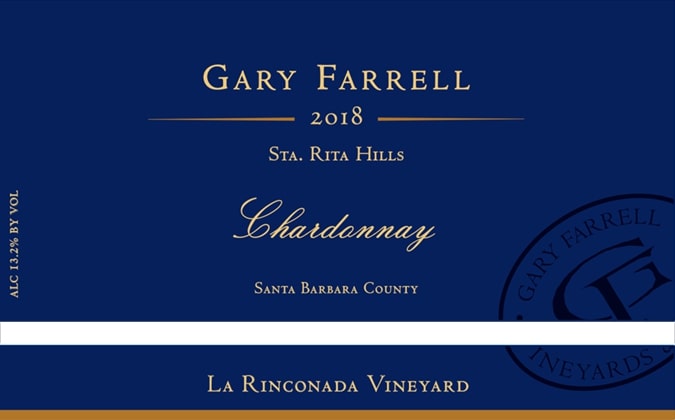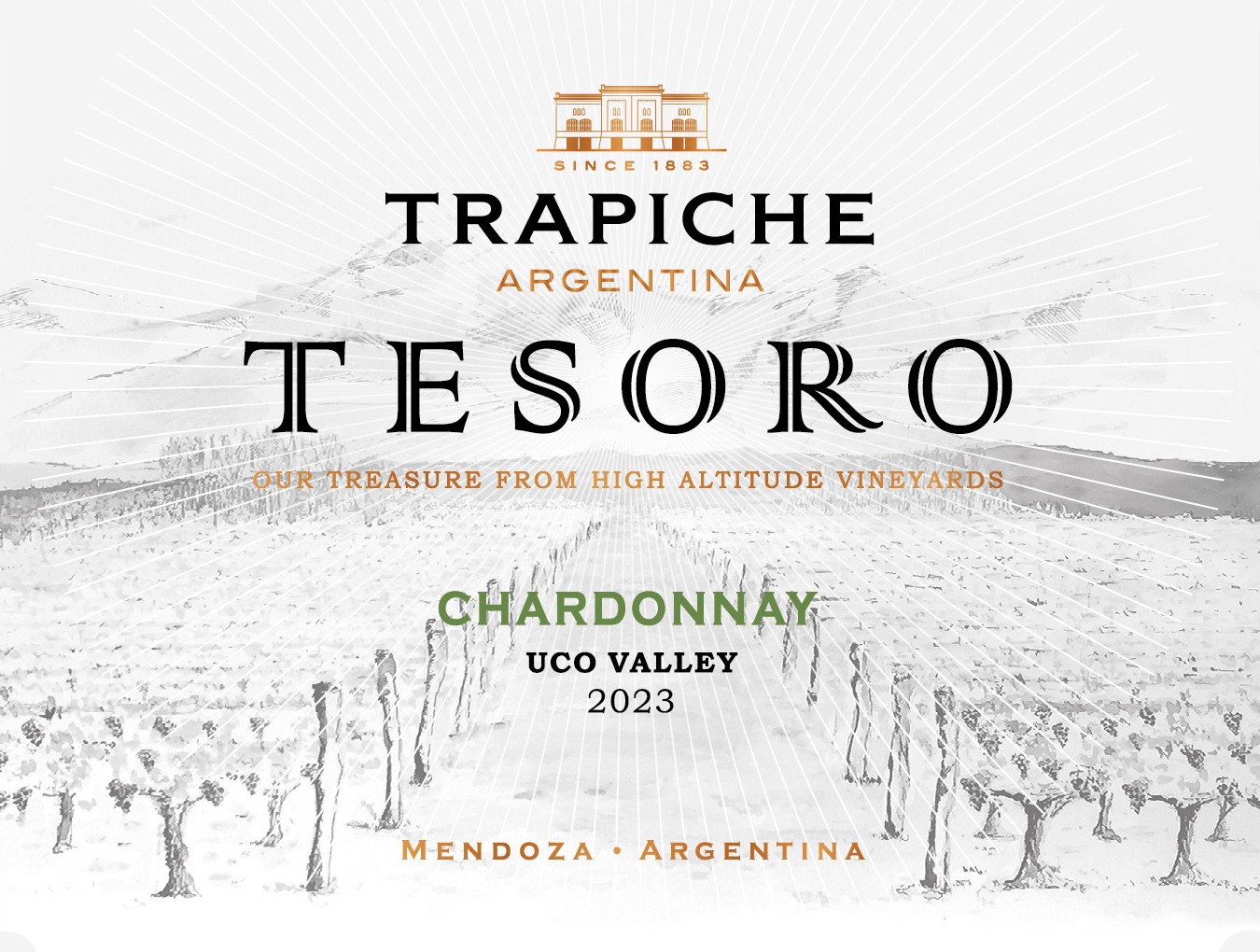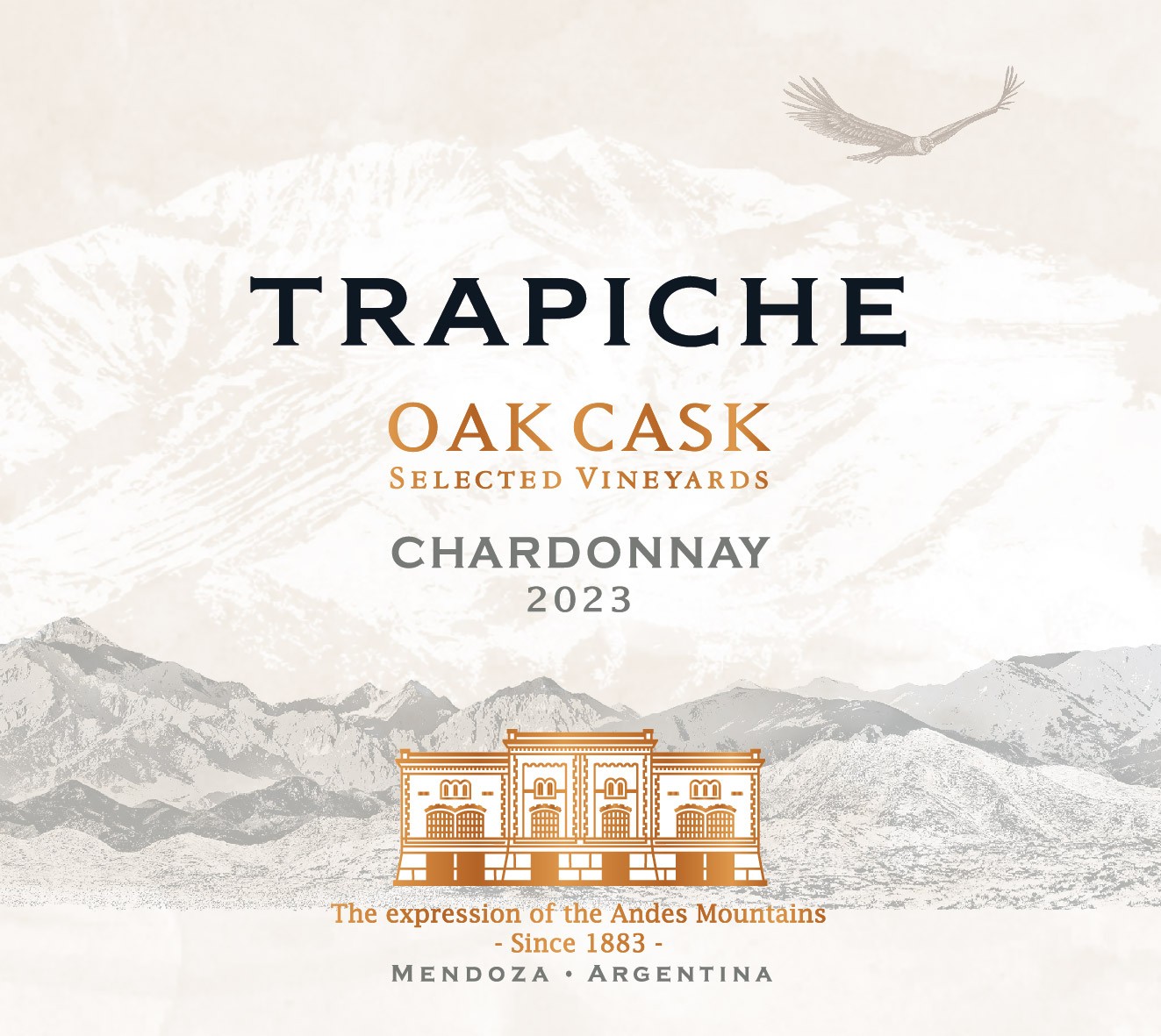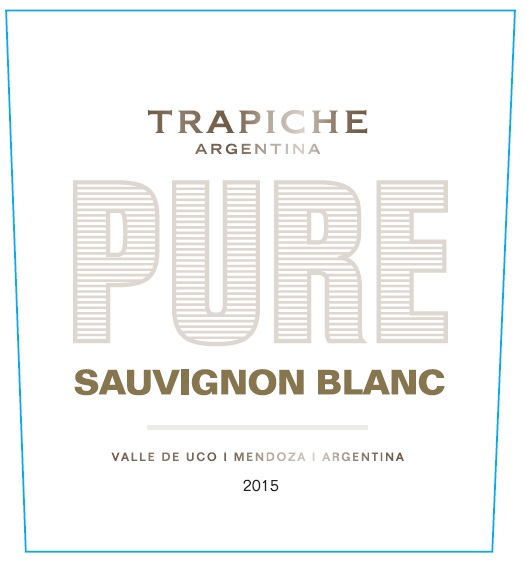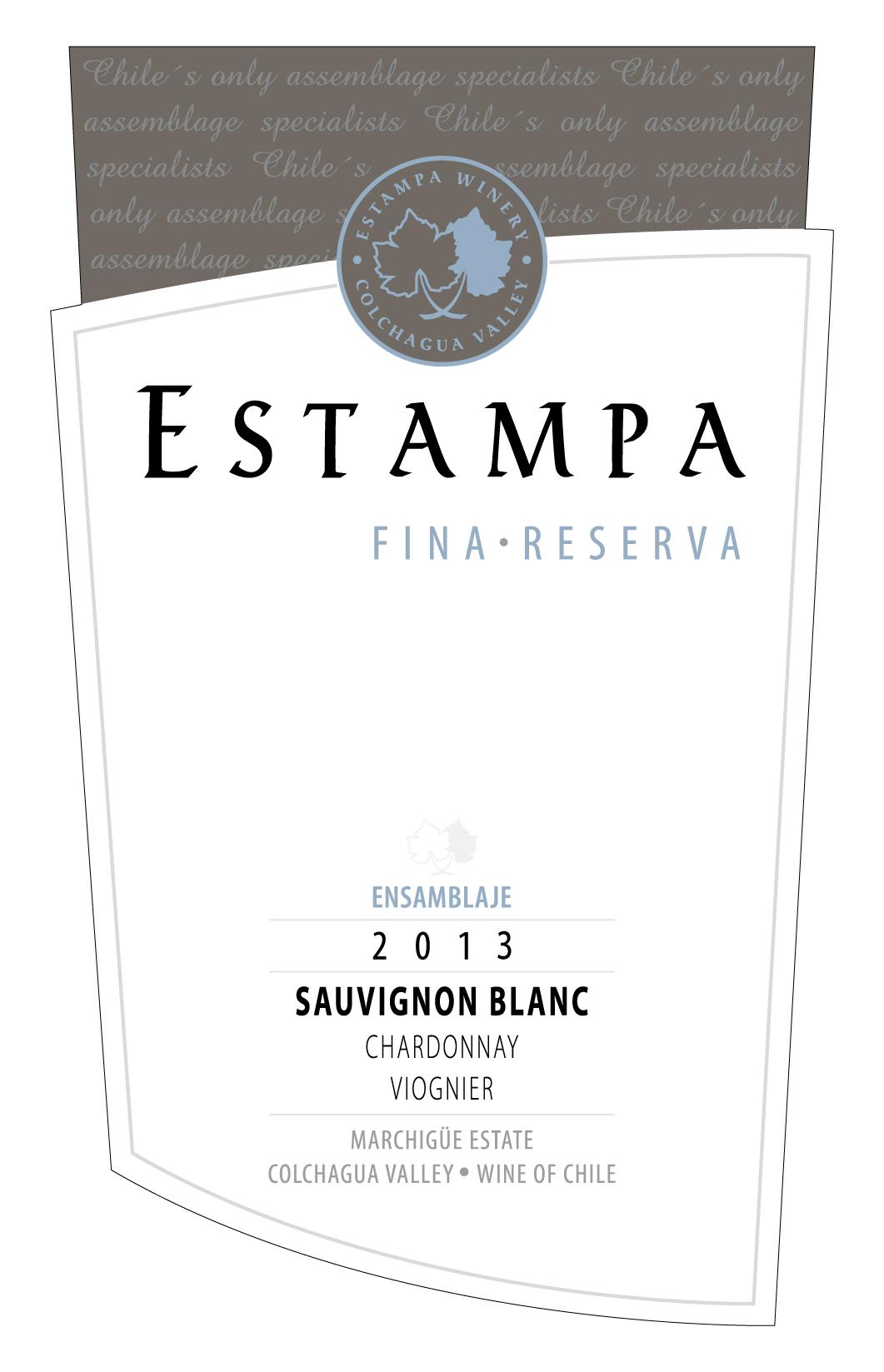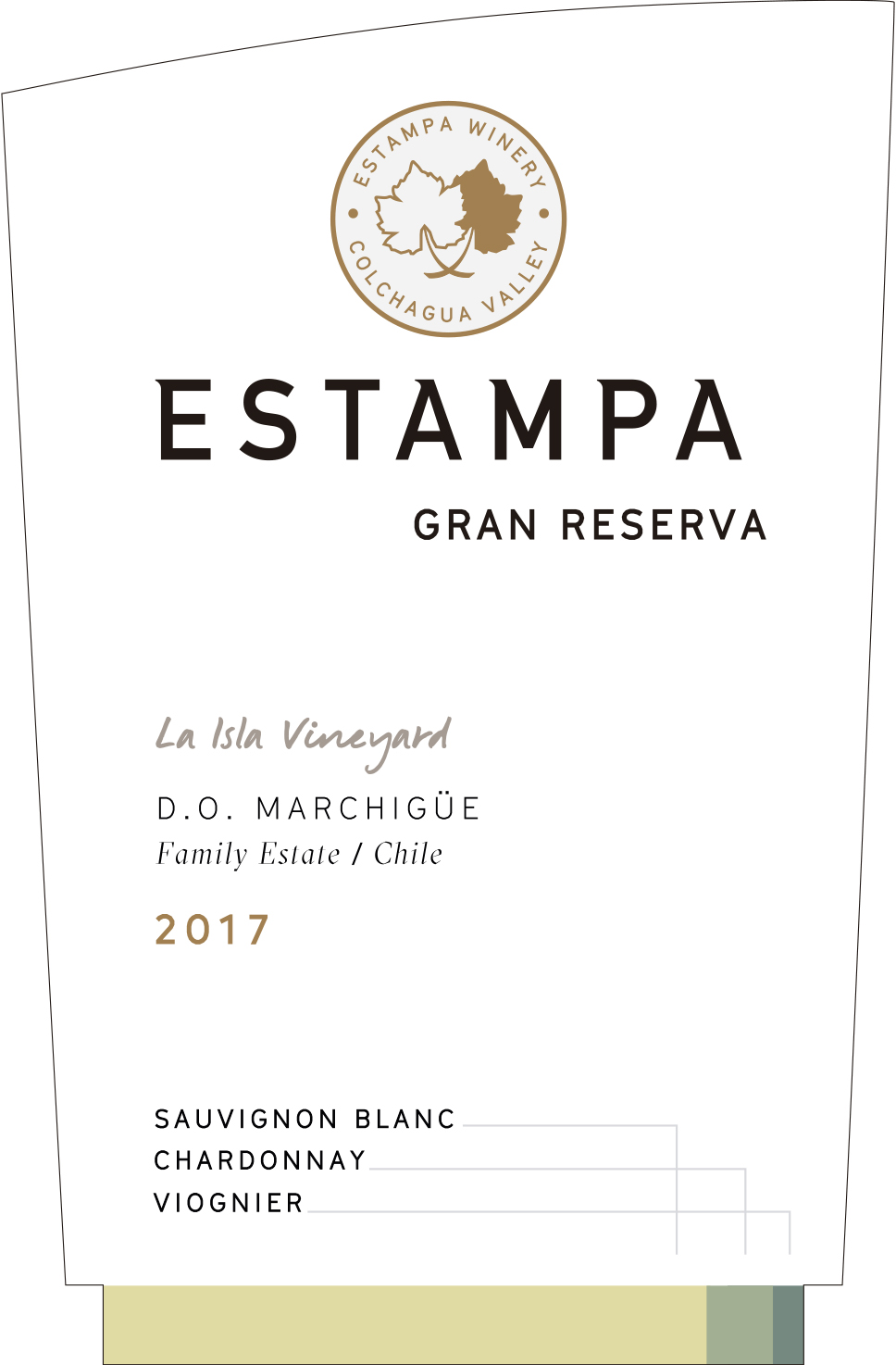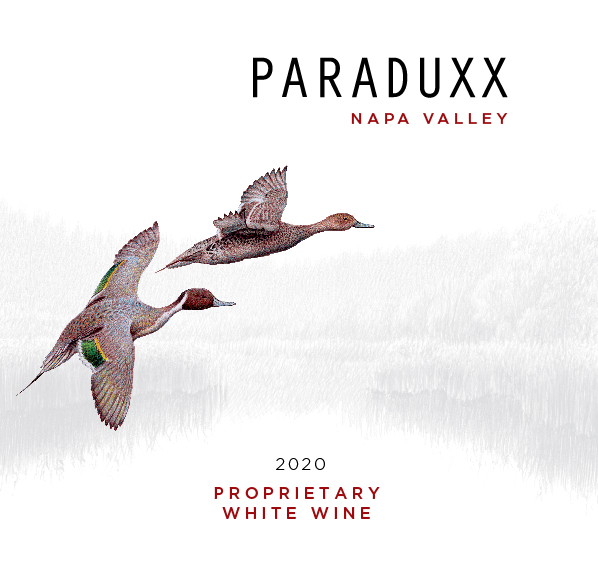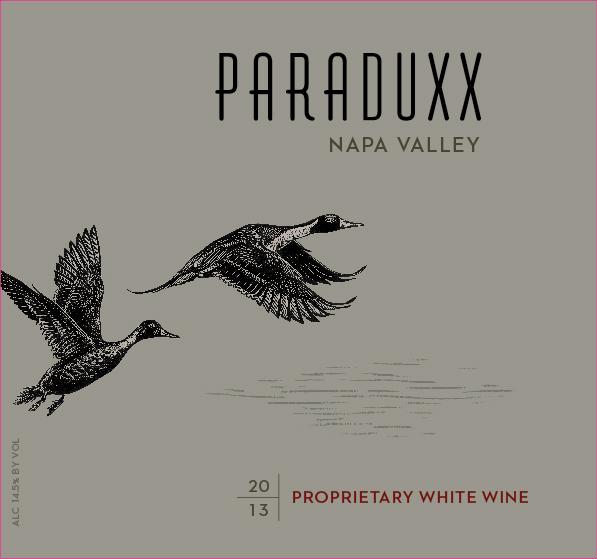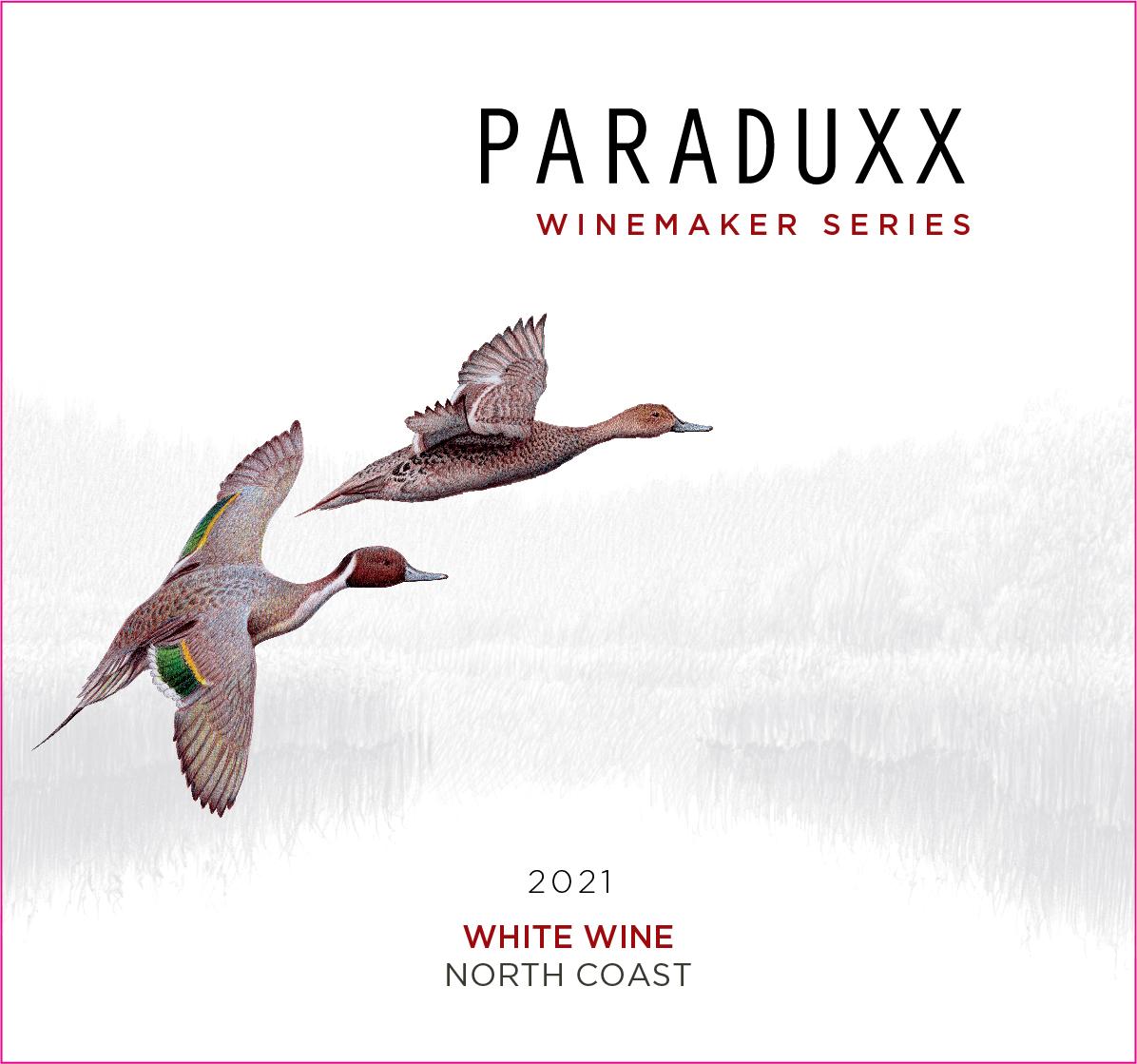Terroir of Texas High Plains AVA
The Texas High Plains AVA is known for its sandy soils, which sit on caliche and offer excellent drainage, vital for concentrating grape flavors. The region's semi-arid, continental climate receives less than 20 inches of rain each year, requiring irrigation from the Ogallala Aquifer. Growers value the coarse, low-nutrient soils for their control over fertilization and irrigation, comparing them to a "blank canvas."
Long, hot summers with cool nights lead to temperature swings of 30–40°F, crucial for keeping acidity and enhancing color and flavor. Constant winds help lower the risk of fungal diseases by cooling the vines. The cold winters and spring frosts require careful selection of grape varieties that bud later. These conditions produce grapes with great concentration and structure, essential for making the varied wines the region is famous for.
Notable Wineries in Texas High Plains AVA
The Texas High Plains AVA, particularly around Lubbock, is home to several notable wineries that have shaped the region's wine identity. Here are a few standouts:
-
Llano Estacado Winery: The first modern winery in West Texas, known for producing over 100,000 cases annually and offering a vast range of varietals from Tempranillo to Viognier.
-
McPherson Cellars: A family-run downtown Lubbock winery focusing on Spanish and Rhône varieties, praised for balanced, food-friendly wines.
-
Reddy Vineyards: Near Brownfield, this vineyard excels with Rhône-inspired reds and aromatic whites, often earning accolades.
-
English Newsom Cellars: Specializes in Rhône and Mediterranean whites, with a focus on meticulous vineyard care.
-
Burklee Hill Vineyards: Offers approachable Tempranillo and Rhône-style reds, providing a friendly tasting experience.
Sustainable Winemaking in Texas High Plains AVA
The Texas High Plains AVA showcases a strong commitment to sustainability, driven by its challenging semi-arid climate and limited rainfall. Water-saving techniques like drip and micro-irrigation are essential, while soil moisture monitoring helps reduce usage. Growers plant cover crops to prevent erosion and enrich the sandy soils, often opting for compost over chemicals due to low natural nutrients.
With support from industry groups and local universities, Integrated Pest Management and energy-efficient practices, such as solar power and LED lighting, are widely promoted. There's a growing interest in organic and biodynamic methods, alongside the use of drought-resistant rootstocks, to adapt to environmental challenges. Compared to traditional cotton farming, grapevines are a more water-efficient choice, reflecting the region's dedication to sustainable viticulture.
Wine Tourism in Texas High Plains AVA
Wine tourism in the Texas High Plains AVA is gaining attention, particularly around Lubbock. Visitors can explore urban tasting rooms at McPherson Cellars and English Newsom.
For those wishing to delve deeper, road trips through towns like Tahoka and Brownfield offer a chance to visit estate vineyards. This region is known for its authentic experiences, from tasting wines under the expansive skies to joining local festivals and contests.
While less traveled than the Hill Country, the High Plains offers a unique blend of hospitality and culture. The region's wineries, such as Llano Estacado and Reddy Vineyards, showcase a diverse range of grape varieties, including Tempranillo and Viognier. Despite being more focused on grape production, the area's climate and soil make it a fascinating destination for wine enthusiasts keen to learn about sustainable practices and the art of winemaking.




